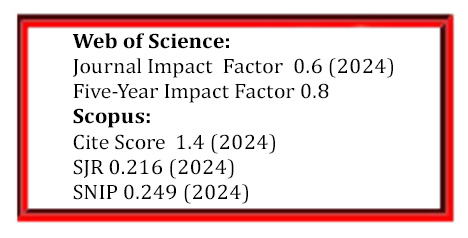NiCrSiB Thermal Sprayed Coatings Refused under Vibratory Treatment
DOI:
https://doi.org/10.5755/j01.ms.19.4.3386Keywords:
thermal spray, NiCrBSi-system alloy coating, vibratory treatment, coating, and microstructureAbstract
The influence of mechanical vibrations on microstructure and some properties of Ni-based thermally sprayed and fused coatings deposited on a steel substrate has been studied. Self-fluxing powder with about 67 % Ni was used as a sprayed material. As-sprayed coatings were refused using conventional flame technique and with introducing of mechanical vibrations. During investigation of coatings by different methods it was found that vibratory treatment influences the solidified microstructure, corrosion resistance, microhardness, and surface state. It was found that in addition to thin planar solidification layer, obtained near the interface in conventional coatings, vibrations promote the forming of relatively thick boride-free layer. Several possible mechanisms are presented. Corrosion resistance tends to be improved with increasing of amplitude or frequency of vibratory treatment. The application of vibrations in set range has also allowed reducing coatings roughness up to 3 times. Comparison of results showed that vibrations amplitude proved as more effective parameter of vibratory treatment.
Downloads
Published
Issue
Section
License
The copyrights for articles in this journal are retained by the author(s), with first publication rights granted to the journal. By virtue of their appearance in this open-access journal, articles are free to use with proper attribution in educational and other non-commercial settings.



